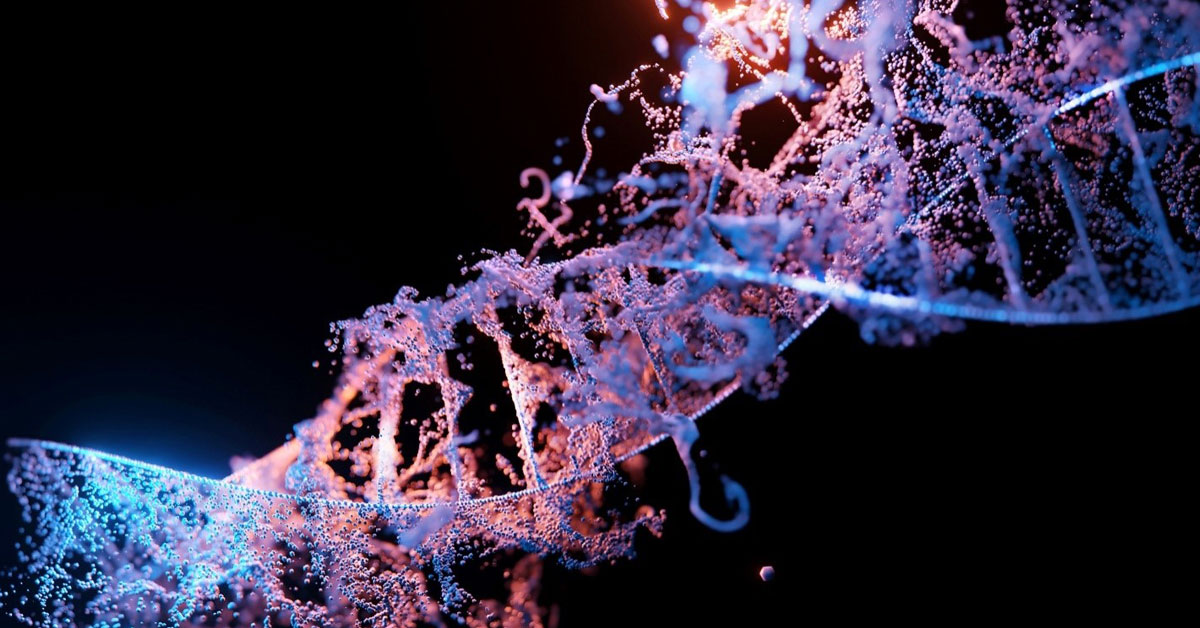
Do you know that natural red hair is so unique that only 2% of the population has it? We call them gingers, fiery locks, or even red riding hoods. However, an easier compliment you can give them is “You are beautiful,” and you will be saying nothing but the truth.
Red hair can vary in hue, and anyone with tints from red-orange, strawberry-blond, deep burgundy, auburn, or bright copper can be classified as a redhead.
With only a few of them around and an eye-catching color on their head, they are easy to spot in a crowd. Their unique hair color has a lot to do with science and genetics – some really cool genetics.
What Causes Hair to Be Red?
We all have pigments in our skin and hair. It is what defines their color. The pigmentation of red hair is significantly different from other hair colors. In fact, the different hues of red hair will have slightly different pigmentation.
We have special cells in our bodies called melanocytes. These cells take instructions from our DNA and produce the pigment responsible for our skin and hair color. The chemical name for this pigment is melanin.
Once the melanin is produced, it is transported to the outermost layer of our skin, called the epidermis. The epidermis mostly comprises cells called keratinocytes. These cells absorb the melanin and give the skin its color. The skin color depends on how much melanin is absorbed by the keratinocytes. Since hair is located on the skin, the keratin cells that produce hair are also affected by melanin.
In addition to the quantity of melanin, there are two types of melanin present in the body, eumelanin, and pheomelanin. A change in their composition can lead to a change in hair color and is also responsible for the lightening and darkening of the hues.
More eumelanin is present in people with brown and black hair. As the concentration of eumelanin in the hair increases, the hair turns darker. With less eumelanin, you are likely to have blond hair. The less the amount of this chemical pigment, the lighter your hair will be.
On the other hand, pheomelanin is a reddish yellow pigment responsible for giving your hair a reddish tint. If the amount of eumelanin is high in your hair, the effects of pheomelanin are often diminished. But if you have high levels of pheomelanin and low levels of eumelanin, you are likely to have red hair.
The composition of the two types of melanin can cause the hue of your hair to change. For instance, a person with bright red hair will have slightly less eumelanin than those with darker red hair.
The Role of Genetics in Red Hair
We now know that a chemical pigment called pheomelanin is responsible for red hair. But why do some people have more of it than others?
The melanin-producing cells, melanocytes, have a special protein called Melanocortin 1 Receptor. This protein usually sits above the melanocytes. A gene known as the MC1R gene controls the activation and deactivation of the Melanocortin 1 Receptor protein. When the protein is activated, it starts to produce pheomelanin.
People with red hair have a unique MC1R gene variant that induces the melanocytes to produce pheomelanin as the primary melanin in their bodies. People with other color hair usually have eumelanin as the primary form of melanin.
Modern studies suggest that additional genes involved with pheomelanin control the hair color in our bodies. MC1R is found to be a recessive gene, which means that for it to show its effects, it must be inherited from both parents.
A person’s genetic code comes 50% from their mother and 50% from their father. If both parents have red hair, theoretically, their offspring has a 100% chance to have red hair. If one parent has red hair and the other is a recessive gene carrier, the chances reduce to 50%. Finally, if both are carriers of the recessive gene, the chances of their offspring having red hair goes down to 25%.
Final Thoughts on Science Behind People with Red Hair
Genetics and the chemicals in our bodies play a vital role in our hair color. Genes control the production of chemicals, which change the hue and color of our hair.
People with red hair often have more pheomelanin and less eumelanin in their bodies. Pheomelanin is a reddish yellow pigment that gives the hair a tint of red. The gene that controls the production of pheomelanin is called the MC1R gene. Those with this gene in their system will often have red hair.
Since MC1R is a recessive gene, it needs to be inherited from both parents to show its effects. If other dominant genes are inherited from either parent, MC1R will not be able to control the production of pheomelanin, and there will be very few chances for the person to have red hair.






